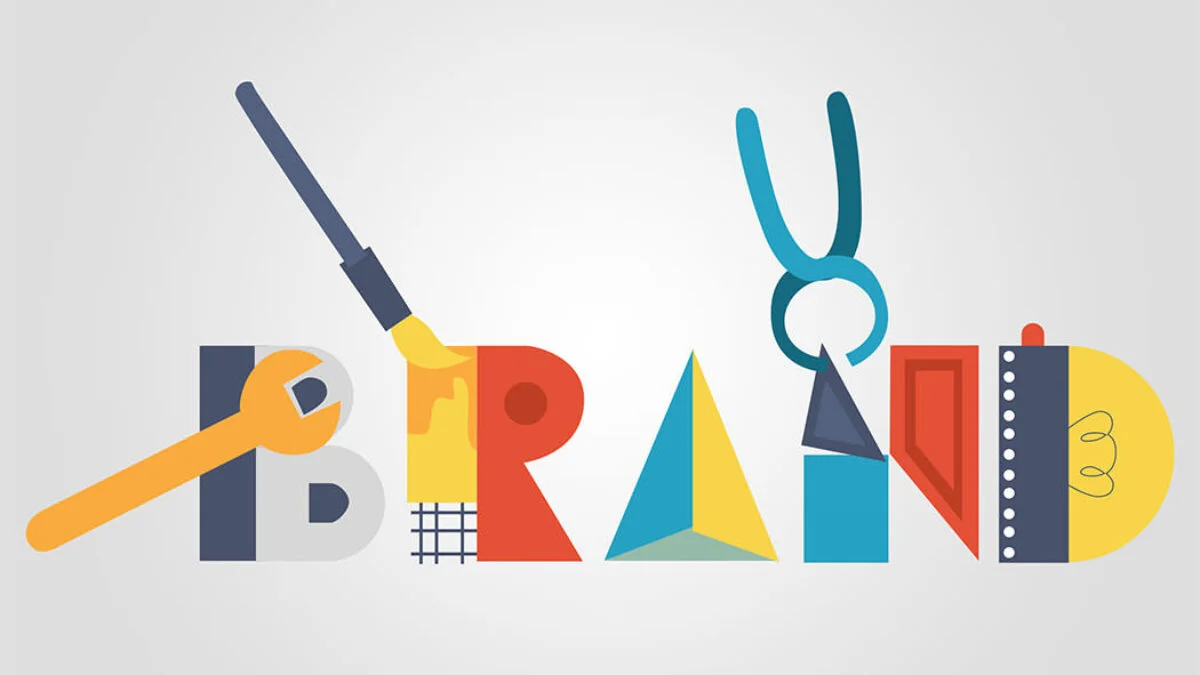In a world increasingly shaped by digital transformation, environmental awareness, and hyper-personalisation, branding in 2025 is no longer just about standing out visually. It’s about creating experiences that are memorable, meaningful, and measurable. For companies across the globe, practical branding has evolved from a static logo into a dynamic, multi-touchpoint strategy that reflects values, drives loyalty, and builds trust.

Embracing Eco-conscious Merchandise.
Sustainability has become a baseline expectation for modern brands. In response, many organisations are shifting towards merchandise that aligns with circular economy principles, focusing on reuse, recycling, and waste reduction.
Eco-friendly products like bamboo pens, recyclable notebooks, and reusable drinkware allow companies to promote their brand responsibly. These choices not only reduce environmental impact but also reflect a company’s values, reinforcing trust with customers and employees alike.
Personalisation That Feels Meaningful.
Advances in technology have made it easier to personalise branded products. Businesses can now tailor merchandise for different audiences, events, or even individuals. This helps create stronger emotional connections.
Instead of handing out generic promotional items, companies are offering curated kits, unique designs, or branded tools that serve a clear purpose. A personalised approach shows attention to detail and a genuine interest in the recipient, which is much more powerful than mass-produced freebies.
Choosing Items That Fit Everyday Life.
Practical branding lives in the everyday. That’s why the most effective branded items are the ones people actually use. Think of reusable bags, coffee cups, desk organisers, and charging cables. These products keep your brand front of mind without feeling intrusive.
One useful example is branded giveaways like custom magnets for events and promotions. Magnets are cost-effective, easy to distribute, and have long visibility. Whether they’re stuck on a fridge or a filing cabinet, they keep your brand present in a subtle and useful way.
Creating Connections That Last Beyond the Event.
Events are evolving. Many are now hybrid, blending in-person attendance with online interaction. That means merchandise also needs to work across both spaces. Companies are using tools like QR codes, digital links, or interactive packaging to extend the experience.
For example, a branded notebook might include a code linking to a welcome video or resource hub. These added layers help turn simple items into conversation starters and create a more lasting connection between the brand and the recipient.
Using Data to Guide Merchandise Strategy.
As branding becomes more outcome-focused, data is playing a bigger role in shaping merchandise decisions. Companies are no longer guessing what people want; they’re using insights from customer behaviour, feedback, and campaign performance to choose products that are more likely to be kept, used, and appreciated.
For instance, tracking engagement from past events can reveal which items had the longest shelf life or generated the most online interaction. This helps marketing teams refine their merchandise selections for future campaigns. Data also supports smarter inventory planning, reducing waste and ensuring each item has a clear purpose within the brand’s wider strategy.
Building Trust Through Everyday Touchpoints.
Branded items are one of the most tangible ways people interact with your company. That’s why consistency, clarity, and quality matter so much. When merchandise reflects your values and attention to detail, it reinforces your brand identity.
Trust is built over time. Providing well-made, relevant products shows reliability and professionalism. It’s a simple but effective way to strengthen your brand reputation in real-world settings.
Leave a Reply